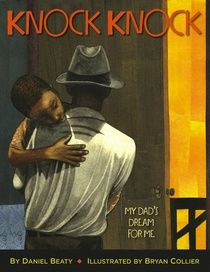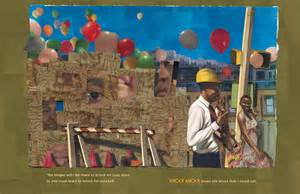Post by: Ashley Woodill
Author: Laura Vaccaro Seeger
Age: Pre-k-Grade 6
Genre: Picture book
Summary: This book does not follow a narrative. Instead, readers are presented with the adjective green, and brought to the different places where we may find this color. However, Seeger does not just give the explanation green. Instead, readers see how this adjective transforms when we put one other word before it to modify the word. For example, we can have glow green, faded green, or never green. All of these colors offer a different illustration in an entirely different setting.
Use of book in a lesson: I would use this text in a writing lesson. Often times, students’ work lacks detail. This is an entire book explaining the different uses of green. If one book can explain this color in so many different ways, then students’ writing can explain their images and ideas in many different ways as well. This book can be used as a mentor text in any writing unit. This would address the following standard: CCSS.ELA.W.3.4.b: Demonstrate understanding of figurative language, word relationships and nuances in word meanings.
In order to assess understanding I would facilitate a “talk show” in which the students take turns playing different roles of characters. The rest of the class would have opportunities to ask each “guest” on the show different questions to enhance meaning and comprehension of the story. In his article, “What’s New With Literature Circles and What’s the next Big Thing?” Harvey Daniels (2008) explains, “We now favor performance-oriented projects over more static types: readers theater, talk shows, tableaux, found poetry, song parodies, and the like” (p.5). Since the story would certainly change if told from any other person in the family, this lesson and method of assessment will allow students to gain a deeper understanding of the story as well as point of view.
References
Vaquero, L.(2013). Green. New York, NY: Little, Brown and Company.
Daniels, H. (2008). What’s new with literature circles and what’s the next big thing? (p. 1-8). Handout from the Walloon Institute.
National Governors Association Center for Best Practices & Council of Chief State School Officers. (2010). Common Core State Standards for English language arts and literacy in history/social studies, science, and technical subjects. Washington, DC: Authors.



